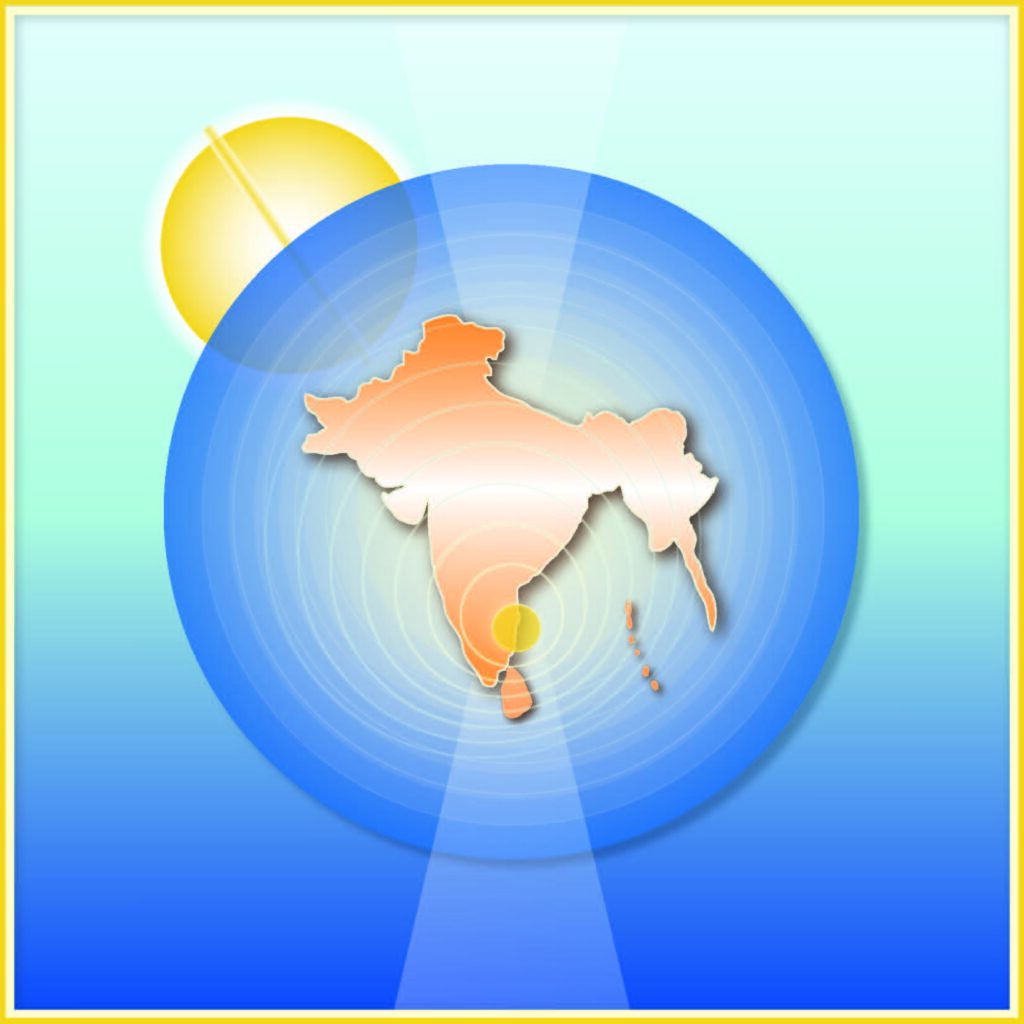Date: July 7, 2024
Of late some imbecile politicians no doubt driven by a diabolic agenda, have been articulating a gem of an idiocy that India was not a nation before 1947. That we owe our nationhood to the British rule because India was never a nation but merely a conglomeration of kingdoms. Going by this logic, all the major nation states of today would fail the test of nationhood because the very concepts of the political nation and nationalism arose only in the 18th and 19th century.
Mighty nations like China, France and England too consisted of different kingdoms before they became one nation. All the Middle Eastern nations of today were also diverse kingdoms. And America is a brand new nation. So this logic that India was not a nation politically is specious since the “political nation” itself is a new concept.
Yes, India was not a nation as we understand the term today because India was a civilization. India may not have been one politically but it was one civilization. Not for centuries, but for millennia. This civilizational identity stretched from modern day Afghanistan in the West to Myanmar (Burma) in the East. The Bamiyan Buddha (demolished by the Taliban in 2001) in Afghanistan, the Hinglaj mata temple in Baluchistan in the West, the Sharda temple in the Neelum valley (now in POK), Mansarovar Lake and Kailash mountain in Tibet in the North, and the Nathalaung Kyaung temple dedicated to Vishnu in Myanmar in the East were the markers of our civilization; the borders of our cultural domain.
The modes through which a civilization expresses itself are: religion, philosophy, literature, culture and arts. If these happen to be same over a geographical territory then we can say that that land belongs to the same civilization. In this sense, India had always lived and its essential identity was that of a civilization, not merely a political nation state.
In the 7th century, when Sankara, a Namboodiri Brahmin from Kerala established his four matha-s in Sringeri, Puri, Joshimath and Dwarka – in the four corners of this land, he was not visiting some foreign nation but was travelling in a land that was one in the collective consciousness of its people. Even today the Kanyakumari temple in the southern tip of the land and Parashuram Kund in Arunachal Pradesh in the easternmost border tell the tale of the same heritage and tradition.

The mythology and literature of this land also celebrate the same civilizational unity. The story of Ramayana begins from Ayodhya and follows the trail from Chitrakoot to the Vindhyas to Dandakarayna to Rameswaram and Sri Lanka. In the Mahabharata, Gandhari and Shakuni belong to Gandhar (present day Afghanistan), Chitrangada belongs to Manipur and Uloopie is from Nagaland. Was Vyasa writing about foreign lands? In Kalidasa’s Meghdoot, we find an exiled Yaksha in Central India sending the Cloud Messenger (Meghdoot) to carry his message of love and longing to his beloved Alaka who resides in the remote north on Mount Kailash.
In Art, the Manipuri Dance of Manipur and Sattriya Dance of Assam are steeped in the Vaishnava tradition. In Kerala, the dance form of Mohiniattam expresses the grace and charm of Mohini – Vishnu’s enchanting form. From Manipur and Assam to Kerala – Vishnu holds his sway over the Indian mind.
In all such expressions of our tradition we find the irrefutable evidence that from Afghanistan to Burma, from Kashmir to Kanyakumari – this land was one civilization and one culture.
So those who try to belittle India and try to erase our great past using deceitful words let them be warned that we are aware of who we are. We have our civilizational identity firmly stamped on our minds and hearts. We shall not be led astray by your intrigues and machinations.
~ Narendra Murty
~ Cover image by Ritam Upadhyay
